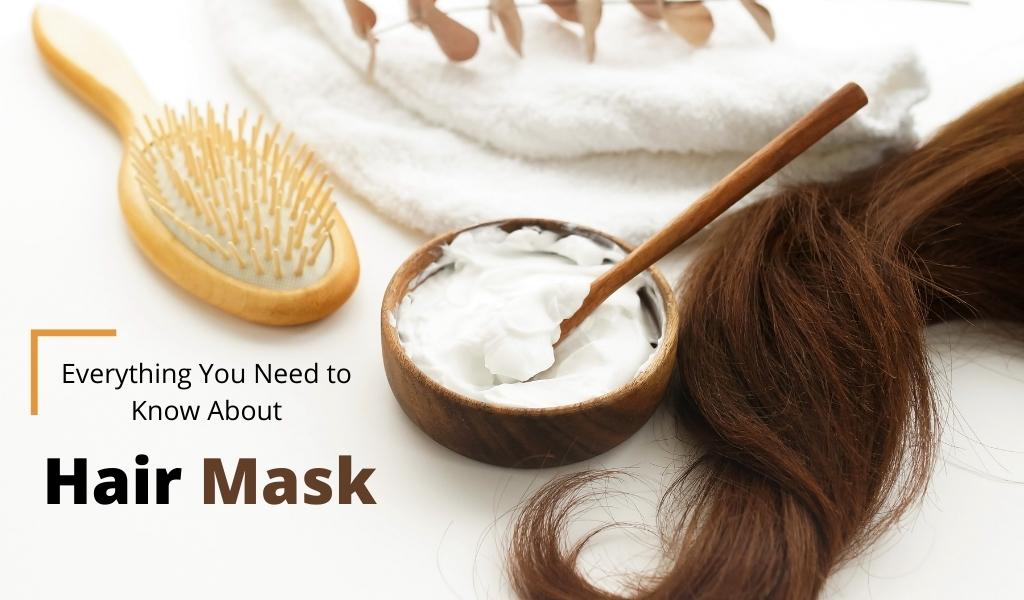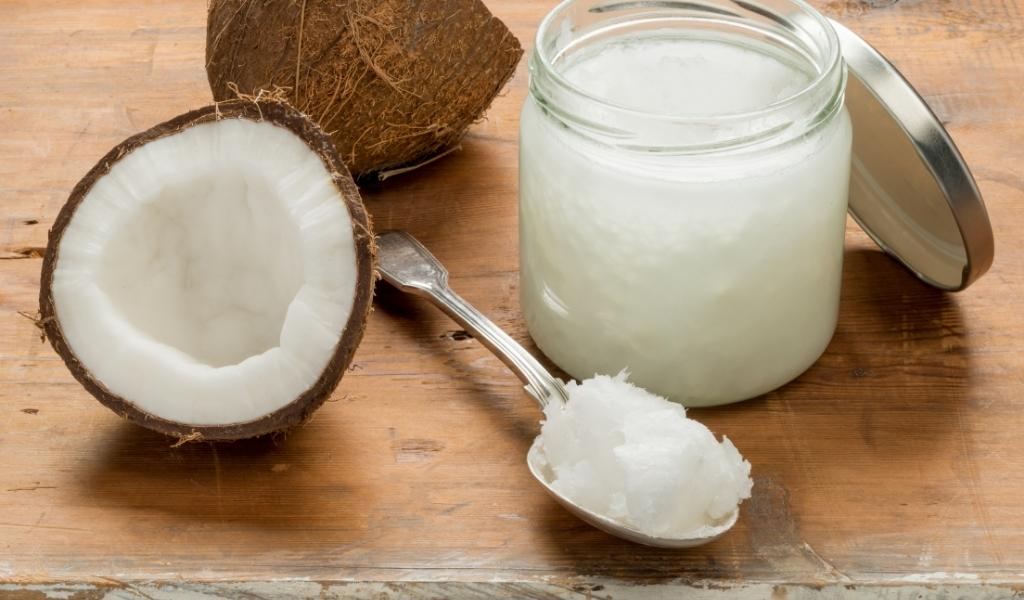Like a face mask, which serves to nourish and moisturize your skin, a Hair Mask improves the condition and quality of your hair. Deep conditioning treatments or intense hair conditioners are other popularly known terms for hair masks.
What distinguishes them from fast conditioners is that the contents are often more concentrated, and the mask is kept on your hair for a longer period of time—ranging from 20 minutes to several hours.
Hair masks have grown in popularity in recent years, but they can be perplexing for the inexperienced. We have the answers to all of your pertinent queries. Not to worry, we’ll show you how to use a hair mask and which one is ideal for your hair type.
What exactly is a hair mask?
A mask is simply a thicker, more concentrated conditioner that is applied to your hair for a longer period of time and provides a more intensive treatment.
A mask is simply a more concentrated, generally thicker kind of conditioner that is applied to your hair for a longer period of time and provides a more intensive treatment. Because the more potent components require more time to infiltrate your hair and perform their magic.
Hair masks are rich in nourishing elements that restore the proper amount of moisture to your hair. After soaking, carefully rinse off so your hair does not become weighed down or greasy faster.
Many kinds of hair masks can be homemade using products you probably already have on hand, such as bananas, honey, or egg yolks. If you don’t want to bother with preparing one, there are a variety of pre-made hair masks available on the market.
In this post, we will look at the advantages of hair masks, how to use them, and what masks may be ideal for your hair type.

What are the benefits of a hair mask?
There are several advantages to utilizing a hair mask, and the advantages vary based on the ingredients and the type of hair you have. In general, the advantages of utilizing a hair mask include:
- brighter, softer hair
- more hydration
- less hair breakage and damage
- reduced frizz
- A healthier scalp
- thicker hair
- less product and environmental harm
What ingredients work well in a hair mask?
When it comes to components that might offer your hair some TLC, hair masks cover the range. The components that work best for you will be determined by your hair type as well as the state of your hair and scalp.
Here are some of the most common components to look for in a store-bought mask or to try making your own:
Bananas: are excellent ingredients to incorporate into a hair mask if you want to eliminate frizz. Bananas’ silica content may also contribute to smoother, shinier hair. According to a 2011 study, bananas also have antibacterial capabilities. This may aid in the reduction of dryness and dandruff.
Eggs: The minerals in egg yolks, such as vitamins A and E, biotin, and folate, may aid in hair development, while the protein in egg whites may aid in hair strength.
Avocado oil: It contains elements such as folic acid, iron, and magnesium, which may help seal the hair cuticle. This can help to strengthen your hair and make it more resistant to injury and breakage.

Honey: is a humectant, which means it can help your hair draw in and hold more moisture. It can also increase skin cell proliferation, which may help produce thicker hair follicles.
Coconut oil: It can penetrate the hair shaft for deep conditioning due to its low molecular weight. This can aid in the reduction of dryness and frizz. Coconut oil has also been demonstrated in research in 2015 to prevent protein loss when put on the hair.
Olive oil: Use olive oil for a lot of moisture. Squalene, which is naturally created by the body but decreases with age, is found in olive oil. Squalene is necessary for healthy hair and skin.
Aloe Vera gel: Consider a hair mask with Aloe Vera, which has anti-inflammatory characteristics, to calm and soothe your scalp. It also includes vitamins C, E, and B-12, as well as folic acid and choline, all of which may help to strengthen and nourish your hair.
Hair Masks DIY recipes
Making your own hair mask is simple and enjoyable. If you have never used a hair mask before, you should try a few different recipes and ingredients until you discover the one that works best for your hair.
If your hair feels smooth and moisturized without appearing or feeling greasy or limp, it is an excellent fit.
To get started, try one of these simple yet powerful DIY hair mask recipes. Depending on the length of your hair, you can adjust the quantity of the materials.
For frizzy or damaged hair
Ingredients:
- 1 tbsp. organic raw honey
- 1 tablespoon of organic coconut oil
Method of preparation:
- Warm the honey and coconut oil together in a saucepan. Stir until thoroughly combined.
- Allow the blend to cool before using it on your hair.
- Allow for 40 minutes before washing and conditioning as normal.
For dry hair or dandruff.
Ingredients:
- 1 ripe avocado
- 2 tablespoons of Aloe Vera gel
- 1 teaspoon of coconut oil
Method of preparation:
- Mix the three ingredients together, and then apply to damp or dry hair from root to tip.
- Allow it to sit for 30 minutes before washing with warm water.
For fine, thinning hair
Ingredients:
- 2 egg whites
- 2 tablespoons of coconut oil
Method of preparation:
- Whisk together the egg whites and oil until mixed completely.
- Apply to moisten your hair from root to tip and leave on for 20 minutes.
Use cold water to shampoo. This is especially critical with egg masks since hot water might cause the egg to cook in the hair.
Ready-made hair masks
There are lots of ready-made choices to pick from if you don’t have time to prepare a DIY hair mask or don’t want to deal with measuring and mixing the components. Hair masks can be purchased in beauty supply stores, drugstores, or online.
When purchasing a ready-made hair mask, search for products that contain natural components such as oils, butters, and plant extracts, as well as those that are free of chemicals and preservatives.
How to apply a hair mask
Many of the hair masks are most effective on moist, clean, towel-dried hair.
However, if you are using an oil-based hair mask, such as coconut or olive oil, it may be ideal for applying the mask to dry hair. Because oil repels water, some hair care professionals feel dry hair absorbs oil better than wet hair.
When the hair mask is ready, proceed as follows with a step-by-step guide to using a hair mask at home:
- Drape an old towel over your shoulders or wear an old T-shirt to protect your clothing.
- If your hair is long or thick, separate it into parts using hair clips.
- Use your fingers to apply the mask, or a tiny paintbrush to dab the hair mask mixture onto your hair.
- If your hair is dry, start applying the hair mask towards the scalp and work your way to the ends. After working the mask into the ends of your hair, gently massage it into your scalp.
- And if you are using the mask to treat dandruff, begin by applying it to your scalp.
- Start applying the hair mask at the mid-shaft and work your way to the ends of your hair is oily.
- After applying the mask, comb your hair with a wide-tooth comb to ensure that the mask is evenly spread.
- Use a shower cap or plastic wrap to protect your hair. Roll a towel around your head after that. This not only prevents the mask from falling but also generates heat, which allows the chemicals to penetrate your hair.
- Apply the mask and leave it on for at least 20 to 30 minutes. Some masks can be left on for hours or even overnight, depending on the contents.
- Thoroughly rinse with lukewarm or cool water. Avoid using boiling water. Cooler water can help seal your hair’s cuticle, allowing it to retain more moisture.
After washing off the mask — it may take two or more rinses to completely remove it — apply products and air-dry or heat-style your hair as normal.
Once a week, apply a hair mask to dry, frizzy, or damaged hair. If you have oily hair, use one every couple of weeks.
What is the best hair mask for your hair type?
If your hair feels heavy or even greasy after applying a mask properly, chances are you are using one that is too rich for your hair. How frequently you use your mask will also depend on your hair type and what you believe your hair requires – particularly dry or coarse hair may require two mask sessions per week, whilst fine hair may only require one mask session per week.
Thin or Fine Hair
If you have this hair type, you may have discovered that the heavy components in masks are too much for your hair to handle, leaving it greasy or heavy feeling. You will need a mild product that will rinse cleanly while leaving your hair smooth and bouncy.
The hair mask for fine and thinning hair should be made of flower extracts, Omega 9, and a vitamin mix to strengthen and hydrate without weighing you down.
Dry and Damaged Hair
As one might expect, dry and damaged hair needs moisture to repair the gaps in the hair structure that cause the rough surface and texture. You require a thoroughly moisturizing mask, made with a rich composition to provide your hair with an intensively nourishing treatment that works immediately.
Frizzy Hair
Frizziness develops when your hair soaks moisture from the environment quickly to compensate for a lack of moisture in the hair. It “grows” out of shape as a result. A mask filled with nourishing nutrients to replace moisture in your hair and give you a sleek finish is required to obtain a smooth surface.
In only 2 minutes, the Keratin Mask provides all-day frizz control while guarding against humidity for a smooth and well-defined finish that lasts. And a good conditioner offers nutrients from the lengths of your hair to the tips, with micro-moisturizers that wrap around each strand to leave your hair nourished, moisturized, and touchily soft.
Coloured Hair
The more you colour your hair, the less colour retention it has. This is because the colouring process alters the structure of your hair, making it weaker as you colour it more. The remedy is to use solutions that will extend the life of your colour.
The Colour Protect Keratin Mask is a two-in-one hair treatment. It includes antioxidants and vitamin nutrients that not only preserve your colour from fading but also act to restore some of the damage and dryness caused by hair colouring. The Colour Protect Mask solution contains antioxidants that trap harmful pollutants like copper irons, improving the hair’s capacity to retain colour after dyeing. When exposed to sunshine, it also decreases brassiness and promotes the durability of hair colour.
Curly Hair
Curly hair is inherently drier than other varieties of hair. Natural oils take longer to move down the hair because of the bends and curves in its structure, leaving it dry, especially at the ends.
If you have afro curly, coily, or kinky hair, use our Argan oil-infused Hair Mask to replenish moisture and keep your hair defined and silky. Otherwise, the very nourishing Keratin Mask is ideal for curly hair that is frizzy and lacks definition.
In conclusion
Hair masks may hydrate and enrich your hair. They’re especially useful for hair that’s dry, damaged, or frizzy. Some hair masks may even enhance your scalp’s health and strengthen your hair.
Unlike fast conditioners, which only last a few minutes, hair masks linger on your hair for at least 20 minutes. Depending on your hair type and the contents, some masks can linger on your hair for many hours.
You may prepare a variety of DIY hair masks at home using natural items such as coconut oil, eggs, honey, yoghurt, or bananas.
When purchasing a ready-made mask, choose one that is appropriate for your hair type and has as least preservatives and toxins as feasible.



